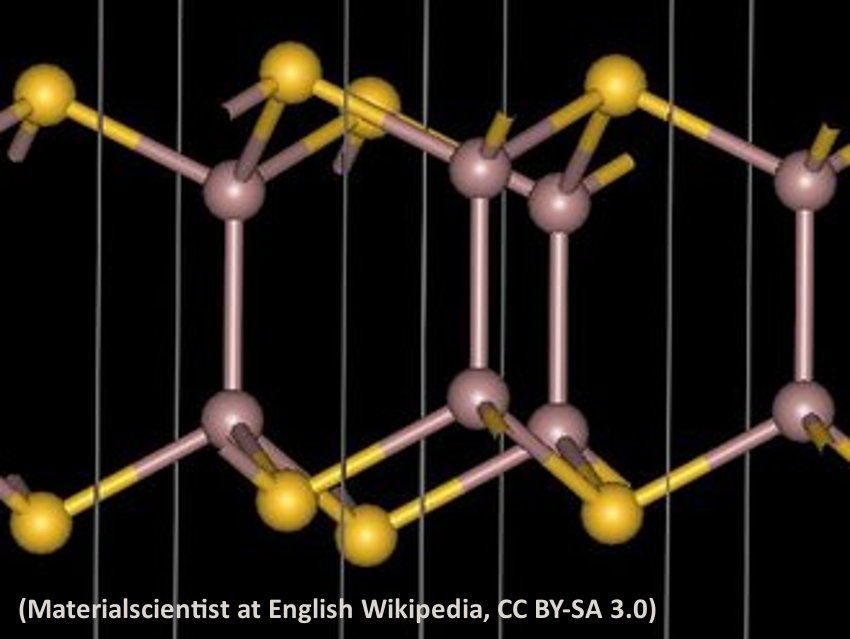Transition metal dichalcogenides (TMDCs) are a class of 2D materials, similar to graphene. TMDCs such as gallium selenide (GaSe) or indium selenide (InSe) have useful electronic and optoelectronic properties. The performance of these materials can be affected by structural defects. Thus, understanding how these defects behave would be useful.
Roman Gorbachev, University of Manchester and Henry Royce Institute for Advanced Materials, Manchester, UK, Sarah J. Haigh, University of Manchester, and colleagues have introduced defects into GaSe and InSe thin films (mono, bi-, and few-layered crystals) to see how the defects heal. The materials were produced by mechanical exfoliation from the corresponding bulk material and were encapsulated in graphene.
The defects were created through electron beam irradiation. How the defects in the materials heal was studied using techniques such as transmission electron microscopy (TEM), scanning transmission electron microscopy (STEM), electron energy loss spectroscopy (EELS), and selected area electron diffraction (SAED). Density functional theory (DFT) calculations were also used to simulate and study point defects.
It was observed that both materials can form both metal and selenium vacancies when irradiated with the electron beam. However, only the selenium vacancies were healable and could recover a perfect lattice structure. In cases where no selenium was present to heal the lattice, a dopant atom—most commonly oxygen—would heal the vacant atomic site. However, under prolonged exposure to the electron beam, point defects were observed, which tend to coalesce and form extended defect structures. These took the form of trigonal defects in GaSe and line defects in InSe.
- Formation and Healing of Defects in Atomically Thin GaSe and InSe,
David G. Hopkinson, Viktor Zólyomi, Aidan P. Rooney, Nick Clark, Daniel J. Terry, Matthew Hamer, David J. Lewis, Christopher S. Allen, Angus I. Kirkland, Yuri Andreev, Zakhar Kudrynskyi, Zakhar Kovalyuk, Amalia Patanè, Vladimir I. Fal’ko, Roman Gorbachev, Sarah J. Haigh,
ACS Nano 2019.
https://doi.org/10.1021/acsnano.8b08253




